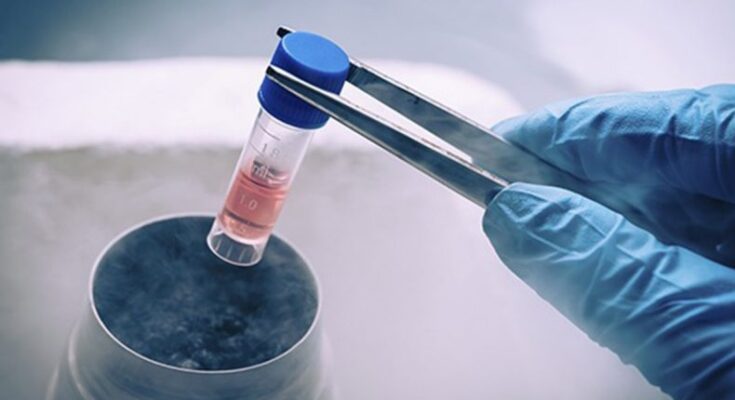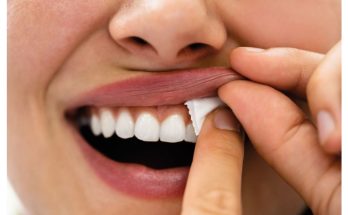For those who want to have an oocyte freezing procedure, reproductive scientists prescribe several weeks of contraceptive medication. This procedure is necessary to allow the ovaries to rest and be ready for the abrupt hormonal stimulation.
After this stage, reproductive specialists prescribe several weeks of special injections to stimulate the woman’s eggs and ovaries. This is necessary because you need several oocytes for freezing. And better yet, more than a dozen. The fact is that normally a woman’s body produces about 1-2 eggs per menstrual cycle, and these are not enough for adequate therapy and freezing. Hormonal medications are designed to increase the number of eggs that mature in a woman’s body each month to a dozen or more. It is a perfectly safe therapy, but it requires a careful approach and exact adherence to all the requirements of the medical professional who administers it. If the therapy is successful (failure can only be provoked by early menopause or an irresponsible approach to the treatment), more than 10 eggs mature, which are then withdrawn with a fine needle and frozen to be used in a few years.
Healthy women without premature menopause (when oocyte production stops before the age of 40) can produce a year’s worth of eggs per month per stimulation, that is 10-20 oocytes. This gives them a chance to have 1 or 2 children, depending on the quality of the eggs themselves and the health of the woman. If a woman is over 35 years old at the time of freezing, she should undergo several stages of such stimulation, as the quality of eggs inevitably decreases with age, which leads to a minimization of the chances of pregnancy in the future. The ideal age for egg freezing is 20-25 years old, when a woman’s reproductive system is in its prime, and eggs give the least chance of having a child with abnormalities. This age limit is directly related not only to the ability to have children in general, but also to minimize the risk of having a child with genetic abnormalities like Down syndrome, which seriously increases after age 40. This is the point of oocyte freezing – with young oocytes a woman even after 40 can conceive and give birth to a healthy baby without serious problems, which would be impossible under normal conditions.
Even though oocyte freezing has become much more accessible, it is not as easy as it seems. However, the times when oocyte freezing was an expensive procedure available only to very rich people are gone. Now, even families with above-average incomes can afford such a procedure, which guarantees the birth of healthy offspring years later.
The popularity of the procedure is since now the age of women giving birth for the first time is steadily increasing. Between 2002 and 2004 alone, this age increased to 26 years old. This is because women now have far more rights and freedoms, often earning far more than men. This gives women some time to establish themselves financially, to find an ideal partner who is not just a loved one, but also a worthy father.
If you are interested in cost of gestational surrogacy, we advise you best surrogacy agency – Delivering Dreams.
But for the procedure it is necessary to be aware of all the subtleties of the process. For example, women after 35 should be especially cautious about freezing eggs. After the age of 35, it is advisable to undergo a thorough examination by a reproductologist and geneticist to rule out the risk that children born using these oocytes will suffer from genetic diseases or various dangerous syndromes related to the age of the mother.




